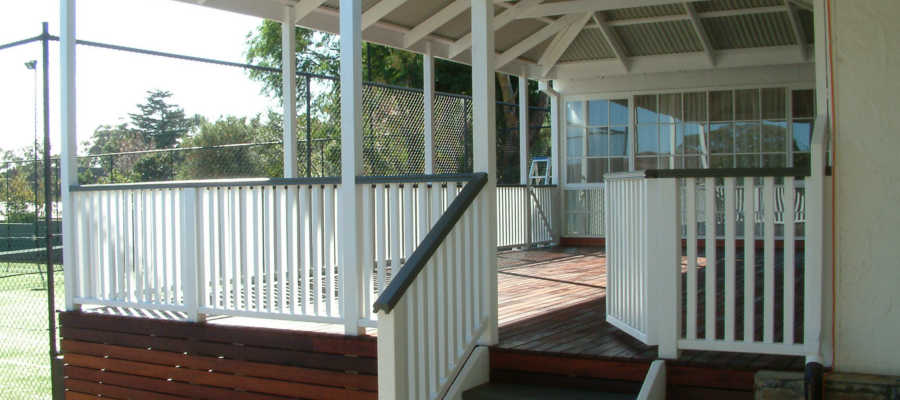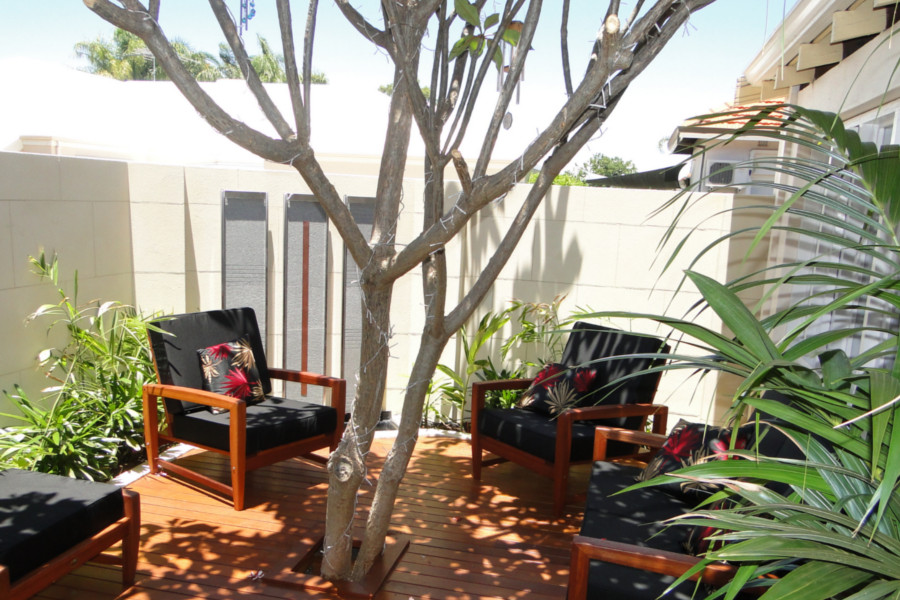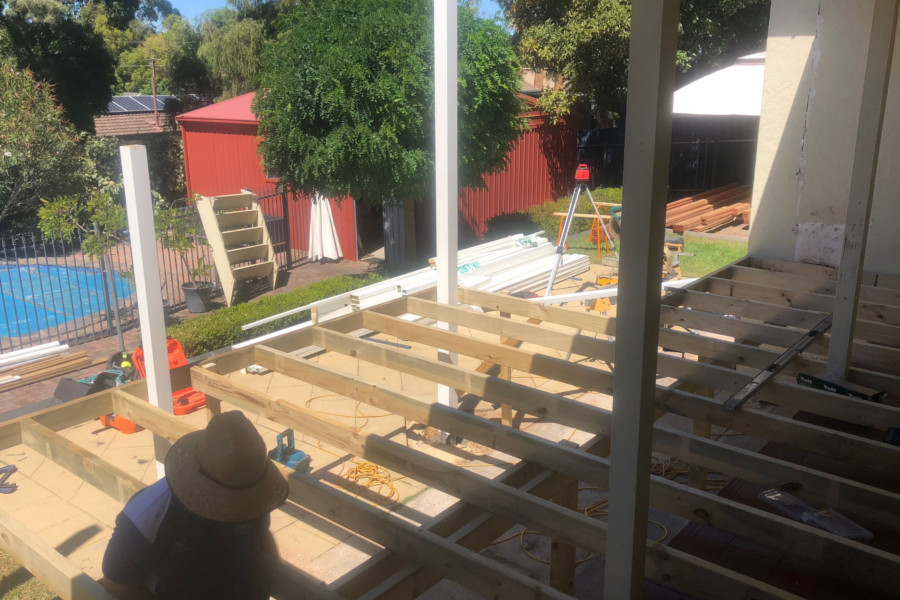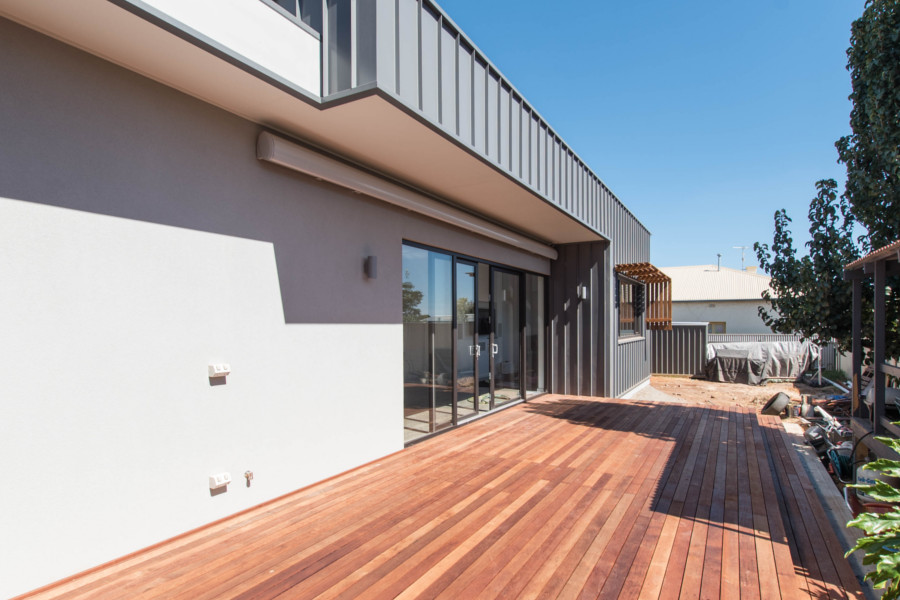
Regular care and maintenance are the keys to prolonging the life of your timber deck or pergola. But over time the timber can deteriorate through wear-and-tear if it’s exposed to harsh conditions. Following are the factors you need to control because they greatly affect the condition and safety of your outdoor structure.
Insects
Termites and borers are extremely bad news for timber. These pests snack on wood all day long and the problem can go undetected for months because everything happens beneath the surface of the timber. Without any clue as to what is happening, your timber deck could be disintegrating right under your nose. By the time any damage becomes visible, it could be too late for you and your timber decking.
All timber from Softwoods is appropriately treated to avoid any issues with insects and provide a lifetime of protection to your structure.
Water and Rot
Timber rots when it is in constant contact with water unless it’s appropriately treated. Inappropriately treated posts driven directly into the ground are always under threat by the moisture in the soil, for example. But timber can also be exposed to moisture from other timber.
Acid rain could accelerate the rotting process in timber, but can also cause the leaching away of dangerous chemicals used to treat the timber. Studies have demonstrated, for example, that some amounts of arsenic are leached away from the CCA-treated timber and into the surrounding environment when exposed to acid rain.
Again, all timber that you purchase from Softwoods will be graded appropriately and have the correct treatment for your purpose. All of our posts have a hazard level of H4 or better and we will always advise you on the correct use of your timber.
Heavy Loads
Designers and owners tend to overlook the deck’s load factor. Heavy furniture, potted plants and uneven distribution of people on the deck can stress the structure, especially if the area where the heavy loads are placed is already reeling from insect damage and water rot.
Our decks are all engineered according to Australian standards and will take into account the purpose you intend to use the area for.
What To Look Out For
Now that you know what the common culprits are to compromising the safety of your deck or pergola, it’s time to take preventive action to ensure that your outdoor extension stays safe for you and your guests. You must undertake a thorough visual inspection of your deck at least once a year. Here are the warning signs you need to look out for.
- Pooling of water on the deck surface. This may indicate problems with the drainage and if left unchecked could lead to water rot in the substructure.
- Signs of rot or damage underneath furniture and ornaments such as potted plants.
- Signs of damage in the gaps between timber boards, damage in joints and in exposed end-grains. These could be entry points for moisture.
- Changes in the structure, such as warping or bending of timber.
- Damp patches or discoloration.
- Unstable handrails and balustrades.
- Movement in the deck’s framework or substructure.
- Rot or damage at the base of timber posts.
- Loose, weak or broken decking boards.
- Deterioration in the substructure.
A well-designed deck or pergola that is properly-built using treated timber can provide you with years of outdoor pleasure. But tiny issues can soon magnify into huge damage that cuts into the life of your outdoor living extension and could threaten your safety as well as those of your friends and loved ones. Regular and thorough inspection of these potential problem areas goes a long way to ensure that your deck or pergola stays safe.



